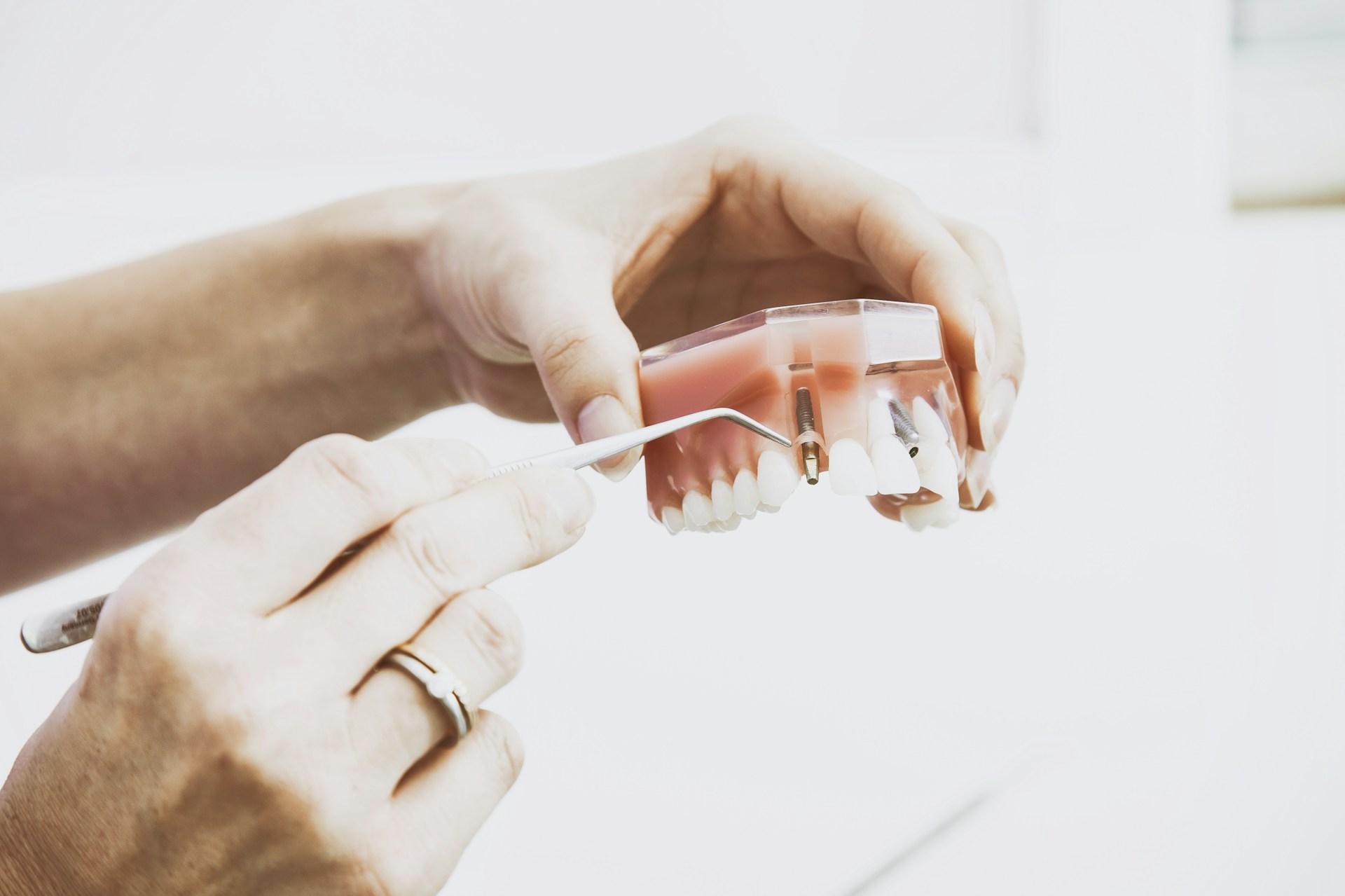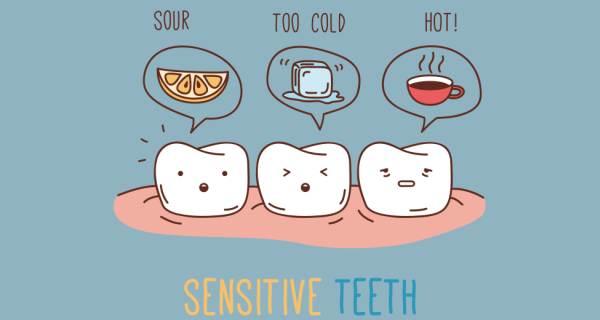SMILE- It costs nothing !!!
Explore Dentin Types: Primary, Secondary, Tertiary
Discover the various dentin types,including primary, secondary, and tertiary dentin. Understand their roles in dental health and structure for better oral care and insights into dental hygiene.
12/21/20243 min read
Types of Dentin: Understanding the Dentin Layer and Its Varieties
Dentin plays a crucial role in the structure and health of your teeth. This hard tissue is located beneath the enamel and forms the bulk of a tooth’s structure.
Understanding the dentin layer, the different dentin types, and the role of dentin tubules helps you appreciate how your teeth function and why maintaining dental health is so important.
What Is Dentin?
Dentin is a calcified tissue that lies between the enamel and the dental pulp. While not as hard as enamel, it is tougher than bone.
The dentin layer provides support to the enamel and protects the pulp inside the tooth.
The presence of dentin tubules — microscopic channels running through the dentin — makes dentin a sensitive tissue that reacts to stimuli, such as temperature changes and decay.
Importance of the Dentin Layer
The dentin layer plays multiple roles:
Support Structure: It provides strength and support to the outer enamel layer.
Sensitivity: The dentin tubules allow sensations like hot, cold, or pressure to reach the pulp, causing sensitivity.
Protection: It acts as a secondary defense if the enamel wears down.
Damage to the tooth dentin can lead to tooth sensitivity, cavities, and even pulp infections if left untreated.
Related : Dentin dysplasia
Types of Dentin
Dentin can be categorized into different types based on its function and location within the tooth. Understanding these dentin types helps in diagnosing and treating dental issues effectively.
1. Primary Dentin
Primary dentin forms during tooth development and continues until the tooth fully erupts. It makes up the majority of the dentin layer and determines the overall shape and size of the tooth.
Structure: Contains numerous dentin tubules.
Function: Provides structural integrity to the tooth.
2. Secondary Dentin
Secondary dentin forms after the tooth has erupted and continues to grow slowly throughout life. This dentin type is produced naturally as part of the aging process.
Location: Found along the pulp chamber walls.
Function: Helps reduce the risk of pulp exposure as you age.
3. Tertiary Dentin (Reparative Dentin)
Tertiary dentin is also known as reparative or reactionary dentin. It forms in response to damage, such as cavities, trauma, or wear.
Formation: Produced by odontoblasts when the tooth dentin is threatened.
Function: Protects the pulp by forming a barrier against damage or decay.
Related : Dentin hypersensitivity treatments
Structure and Role of Dentin Tubules
Dentin tubules are microscopic channels that run through the dentin layer, connecting the enamel to the pulp. These tubules serve an essential role in dental sensitivity and overall tooth function.
Size and Density: The density and diameter of dentin tubules can vary depending on the type of dentin.
Function: Transmit sensory signals from the tooth surface to the nerves in the pulp, making teeth sensitive to stimuli.
When dentin tubules are exposed due to enamel loss or gum recession, teeth can become highly sensitive.
Common Issues Affecting Tooth Dentin
Understanding the various dentin types helps in diagnosing and treating common dental problems:
Tooth Sensitivity: Exposure of dentin tubules due to worn enamel or receding gums.
Dental Cavities: Decay that damages the dentin layer and can reach the pulp if untreated.
Cracks or Chips: Damage that affects tooth dentin, causing pain and potential pulp exposure.
Protecting Your Dentin Layer
To keep your tooth dentin healthy and functional, follow these tips:
Maintain Oral Hygiene: Brush and floss regularly to prevent decay.
Use Fluoride Toothpaste: Fluoride strengthens the dentin layer and helps protect against cavities.
Avoid Acidic Foods: Acidic foods and drinks can erode enamel and exposed dentin tubules.
Regular Dental Checkups: Visit your dentist for routine cleanings and exams to catch issues early.
The dentin layer is essential for maintaining the structure, sensitivity, and health of your teeth.
Knowing the different dentin types — primary, secondary, and tertiary — helps you understand how your teeth respond to various conditions and why protecting your tooth is crucial.
Proper oral care ensures that your dentin stays healthy and functional, preventing issues like tooth sensitivity and decay.
By understanding dentin tubules and their role in tooth sensitivity, you can take proactive steps to protect your dental health and enjoy a pain-free smile!

Contact Smiles
drdeepi15@gmail.com
Dr. Deepika B.D.S
© 2025 SmileWide Dental. All Rights Reserved.
Have doubts ..?


